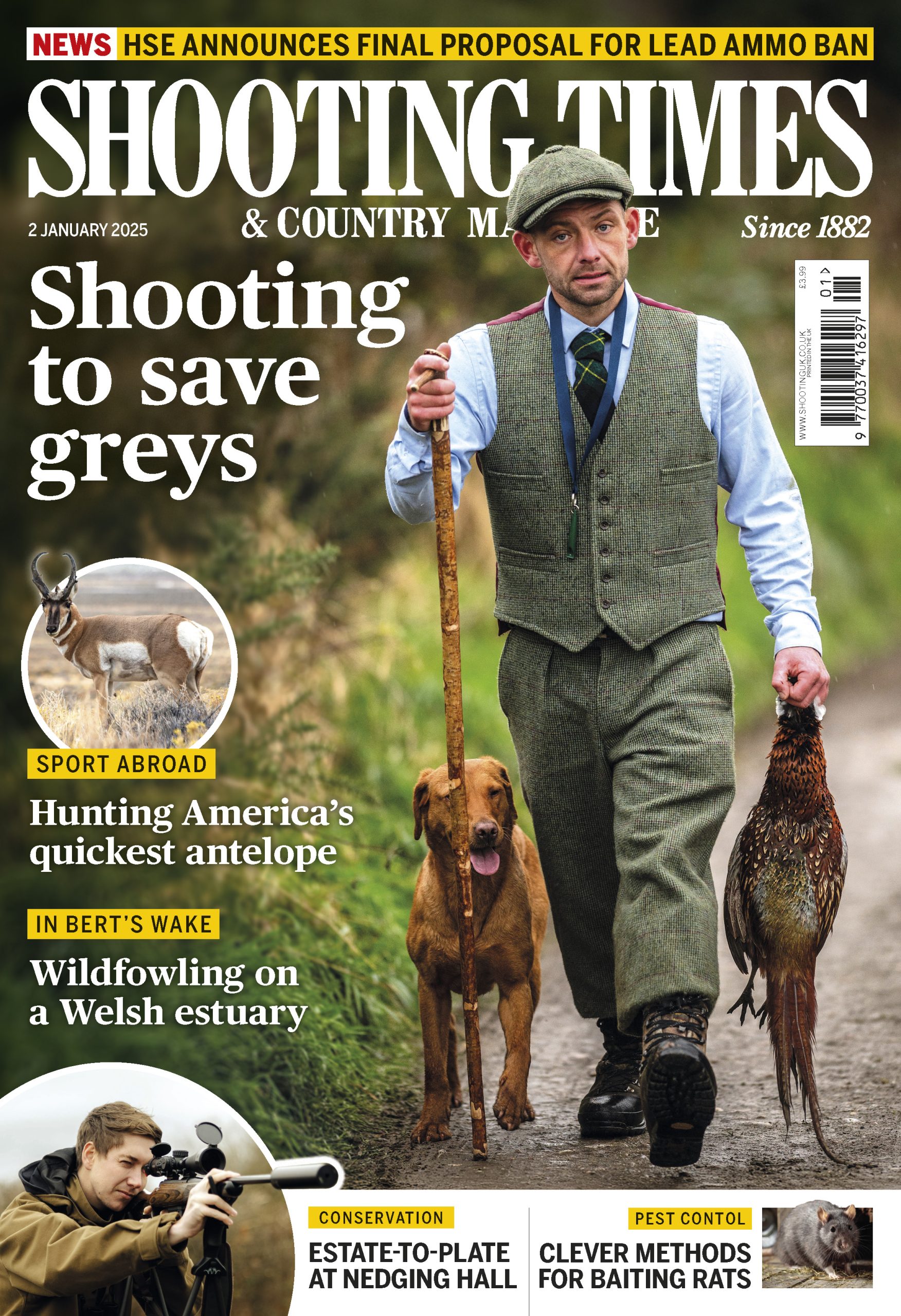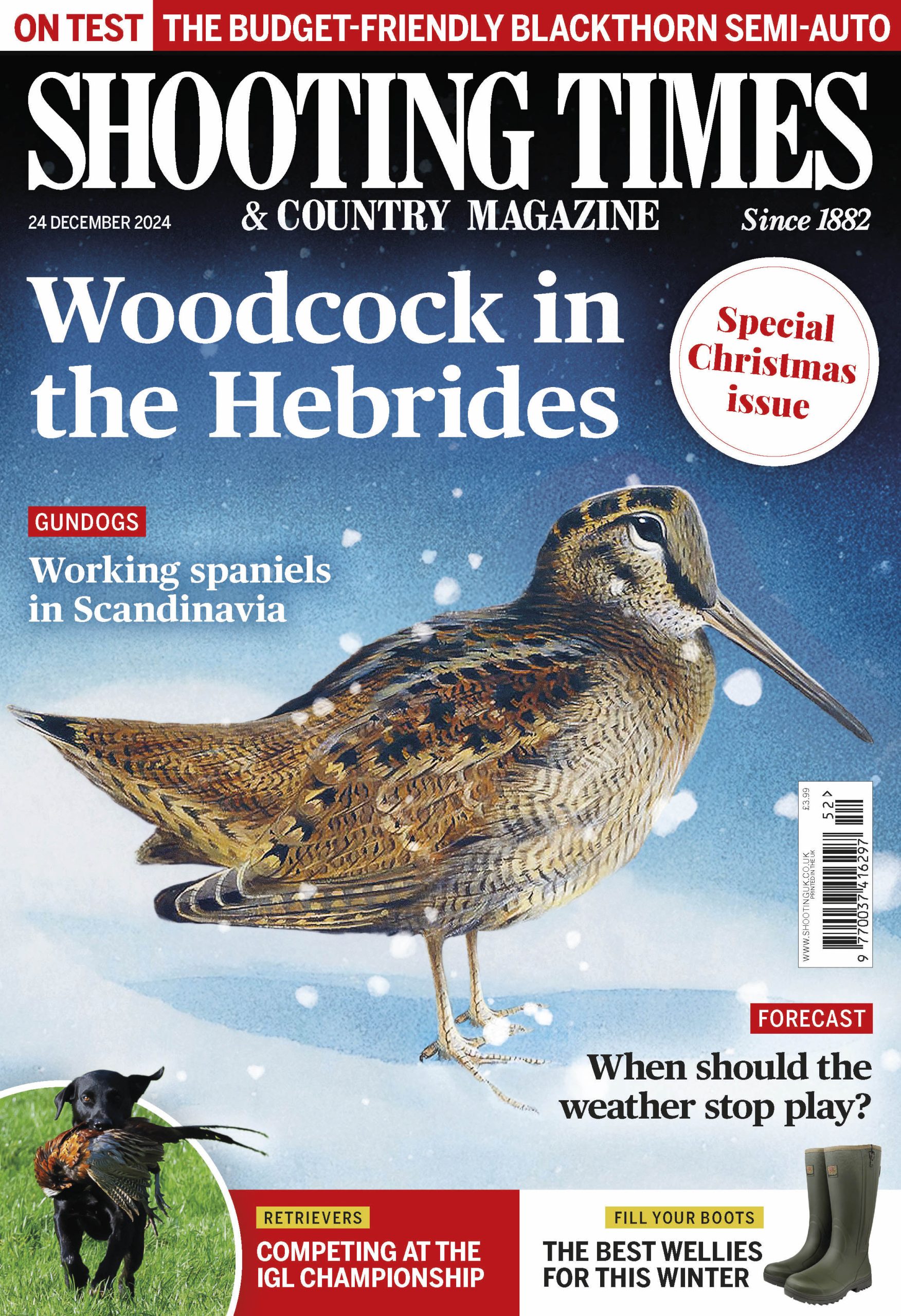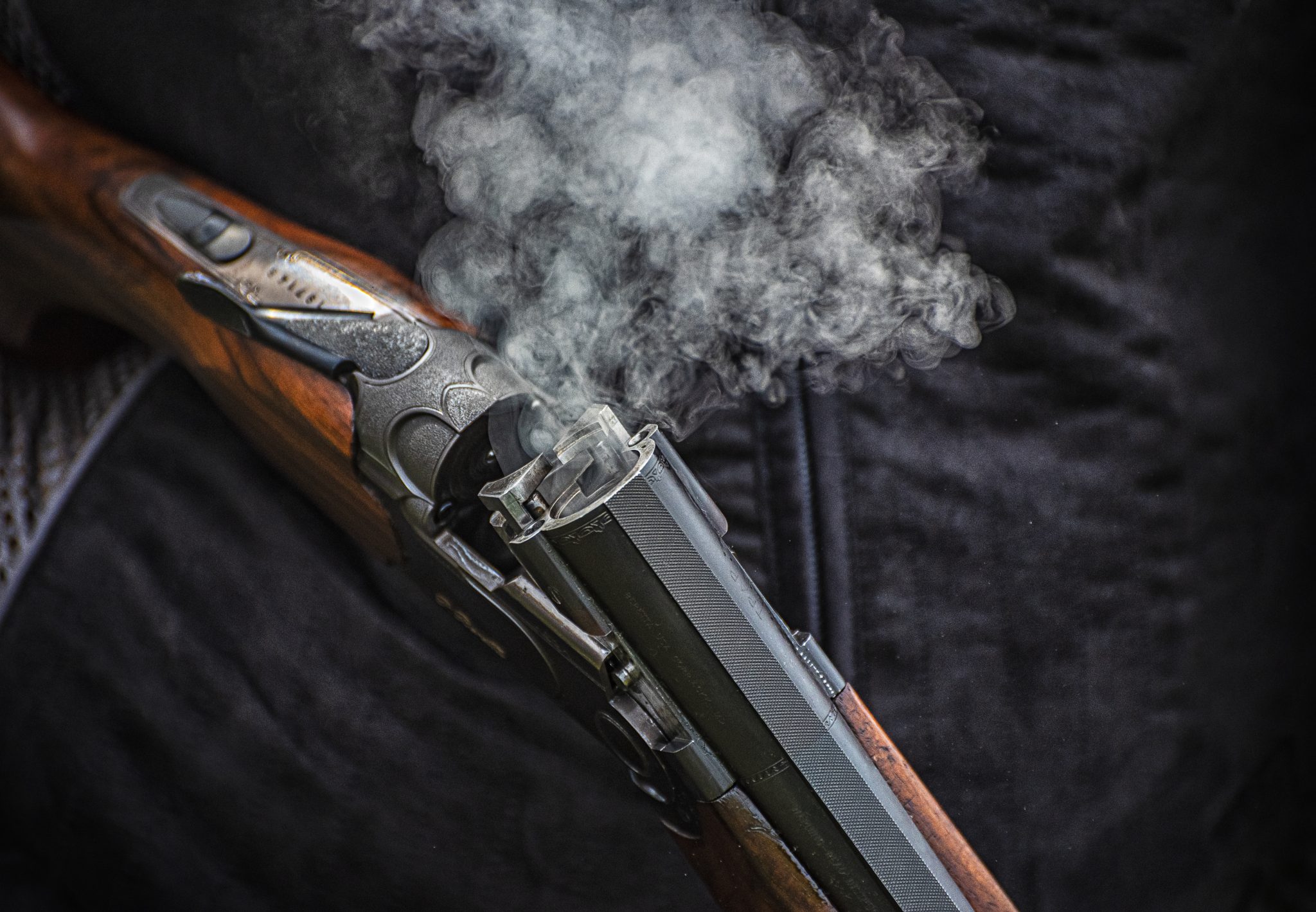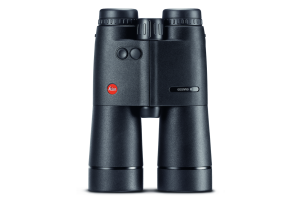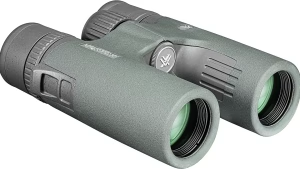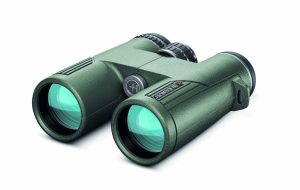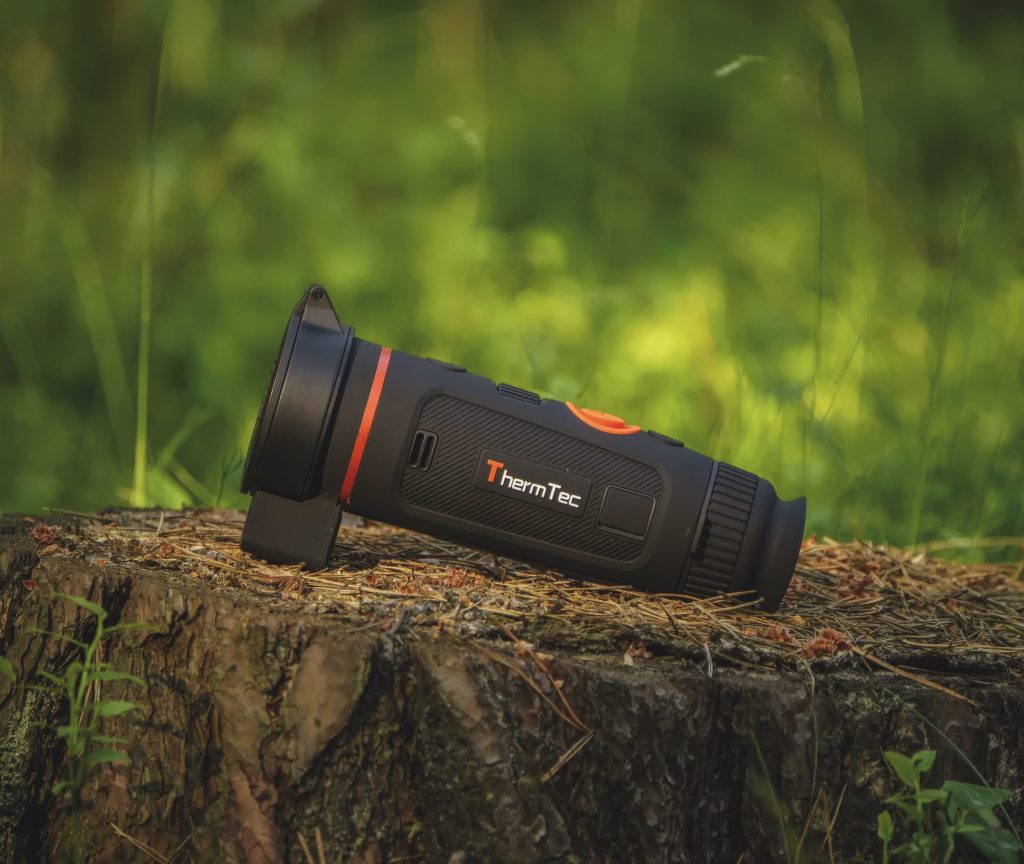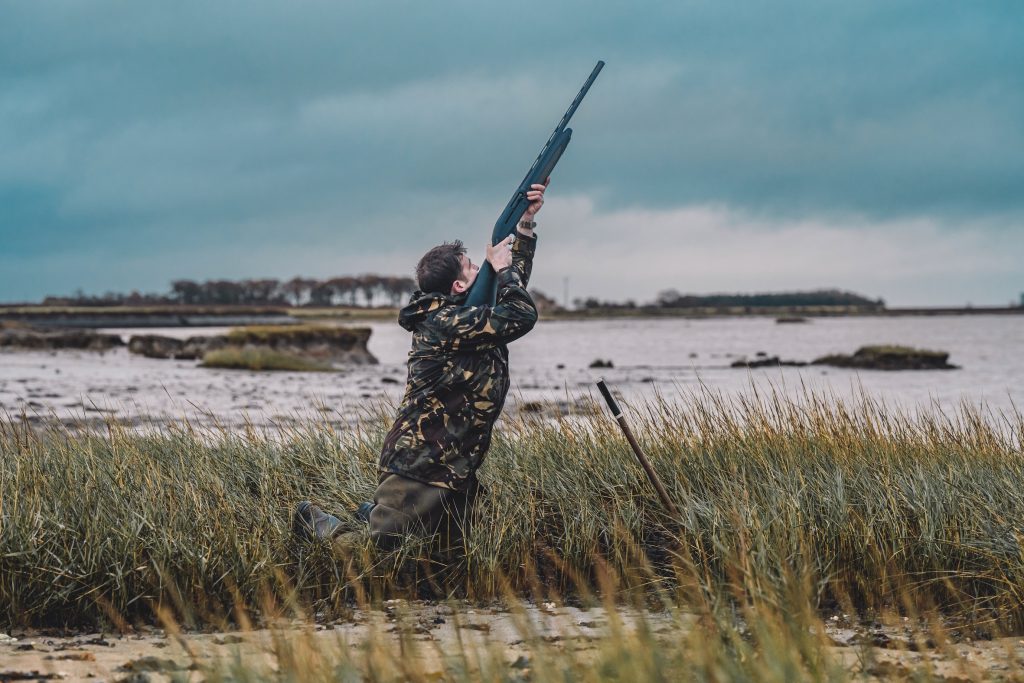Win CENS ProFlex DX5 earplugs worth £1,149 – enter here
The Best Rangefinder Binoculars for Stalking
A laser rangefinder in your binos is a major advantage, says Mark Ripley, who suggests four tried-and-tested units
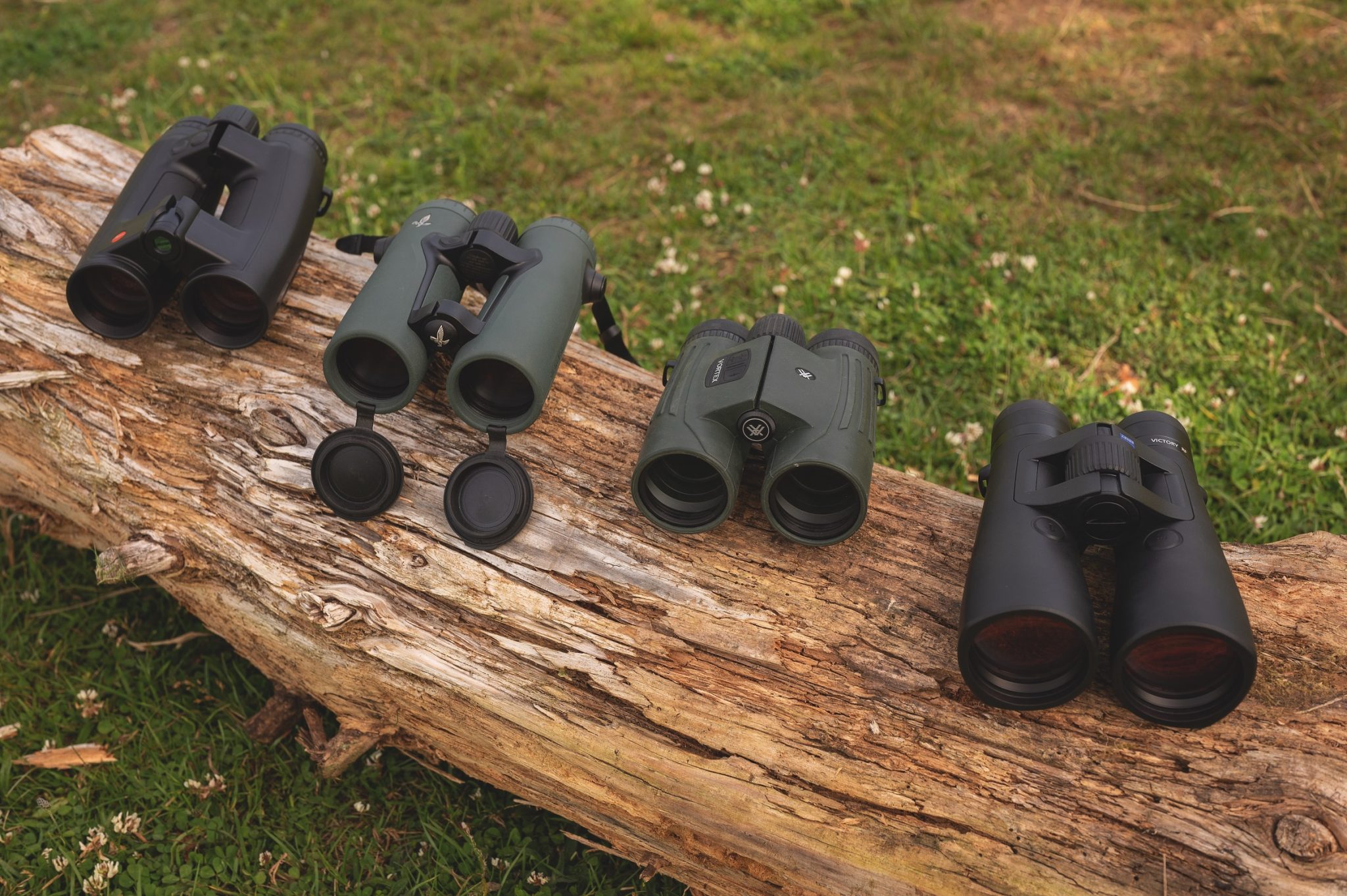
A quality riflescope gets much attention – but for the deerstalker, it’s the binoculars that do most of the work. For those who prefer traditional stalking methods without thermal imaging, investing in a high-performance set of binoculars is essential.
In this review, I’ve tested four outstanding rangefinder binoculars from Swarovski, Zeiss, Leica and Vortex – all of which bring speed, clarity and precision to your next stalk.
Why rangefinder binoculars matter
Rangefinding binos combine two vital tools – high-quality glass and laser distance measuring – into one compact unit. You’ll spend 90% of your time scanning through binoculars, not your scope, so investing in the right kit pays off.
Even with thermal spotters gaining popularity, optical clarity remains unmatched for identifying quarry or judging cull suitability in low light. For this reason, many stalkers carry both, using thermal to detect heat and glass to confirm.
Swarovski Optik EL Range 10×42 with Tracking Assist
Swarovski Optik delivers premium performance in a deceptively traditional design. The EL Range binoculars are indistinguishable from their non-rangefinding counterparts, making them easy to carry and operate.
- Range: 10m to 1,375m
- Tracking Assist via Bluetooth & mobile app
- Crystal-clear image quality
- Ideal for selecting cull animals in low light
The integrated Tracking Assist function is a standout. It connects via Bluetooth to your phone, mapping your last three measured points. The Swarovski EL Range is truly a top-tier choice for serious deerstalkers.
Leica Geovid 3200.COM 10×42
The Leica Geovid 3200.COM may appear bulky at first, but its ergonomic, curved design balances beautifully in hand. Compatible with Kestrel ballistics meters, this model suits the tech-savvy stalker.
- Range: 10m to 2,950m
- Ballistics, temperature and angle readings
- Exceptional glass for low light
This unit may overwhelm beginners with its features, but it’s a formidable tool for experienced users who demand accuracy. I’ve had my Geovids for years, and they’ve delivered ±1m accuracy over countless stalks.
Zeiss Conquest HDX – 10×42 (£1,100)
Though branded as part of Zeiss’s mid-tier Conquest line, the HDX is manufactured in Japan. It comes with premium glass, excellent coatings, and smart features like a locking dioptre and fast focus wheel.
In testing, the HDX stood out for edge-to-edge sharpness, colour accuracy and minimal distortion. Testers liked the eyecups and the wide, clear view. One concern was the retro, all-black design that lacks the modern styling of its rivals. Some users may also confuse it with the older Conquest HD line.
Still, the optical quality rivals German-made models, making this binocular a solid value.
Vortex Razor UHD – 8×32 (£1,599) / 18×56 (£1,999)
Both Razor UHD models tested extremely well, despite their different use cases. The compact 8×32 is lightweight, travel-friendly and surprisingly powerful for its size. It features thumb indents and balanced handling for one-handed use.
The 18×56 version is best used on a tripod. It competes with spotting scopes in performance but offers better portability. The design includes a smart tripod-mount cutout, allowing full eye-width adjustment for users with smaller faces.
With excellent glass, top-tier controls, and Vortex’s GlassPak Pro harness included, both models are strong value.
Vortex Razor UHD – 8×32 (£1,599) / 18×56 (£1,999)
Both Razor UHD models tested extremely well, despite their different use cases. The compact 8×32 is lightweight, travel-friendly and surprisingly powerful for its size. It features thumb indents and balanced handling for one-handed use.
The 18×56 version is best used on a tripod. It competes with spotting scopes in performance but offers better portability. The design includes a smart tripod-mount cutout, allowing full eye-width adjustment for users with smaller faces.
With excellent glass, top-tier controls, and Vortex’s GlassPak Pro harness included, both models are strong value.
Vortex Razor UHD – 8×32 (£1,599) / 18×56 (£1,999)
Both Razor UHD models tested extremely well, despite their different use cases. The compact 8×32 is lightweight, travel-friendly and surprisingly powerful for its size. It features thumb indents and balanced handling for one-handed use.
The 18×56 version is best used on a tripod. It competes with spotting scopes in performance but offers better portability. The design includes a smart tripod-mount cutout, allowing full eye-width adjustment for users with smaller faces.
With excellent glass, top-tier controls, and Vortex’s GlassPak Pro harness included, both models are strong value.
Vortex Razor UHD – 8×32 (£1,599) / 18×56 (£1,999)
Both Razor UHD models tested extremely well, despite their different use cases. The compact 8×32 is lightweight, travel-friendly and surprisingly powerful for its size. It features thumb indents and balanced handling for one-handed use.
The 18×56 version is best used on a tripod. It competes with spotting scopes in performance but offers better portability. The design includes a smart tripod-mount cutout, allowing full eye-width adjustment for users with smaller faces.
With excellent glass, top-tier controls, and Vortex’s GlassPak Pro harness included, both models are strong value.
Hawke Frontier ED X – 8×42 (£499) / 12×50 (£469)
uk.hawkeoptics.com
This value-packed British brand impressed with its ED glass, responsive controls and clean styling. The 8×42 scored well for resolution, although it underperformed in low light. Testers praised the armour and eyecups.
The 12×50 version is a strong option for budget hunters needing high power. However, the slow focus wheel and some internal reflections held it back slightly.
Each unit includes a zippered case and carry strap. With colour options and multiple sizes, the Frontier ED X offers lots of flexibility for under £500.
Final Thoughts
Rangefinder binoculars are more than a luxury – they’re a vital tool for anyone serious about stalking or long-range shooting. Whether you prioritise optical clarity, tech integration, or rugged reliability, one of these four will serve you well in the field.
Looking for more stalking gear reviews? Check out our guide to the best riflescopes for deer stalking.
Related Articles
Get the latest news delivered direct to your door
Subscribe to Shooting Times & Country
Discover the ultimate companion for field sports enthusiasts with Shooting Times & Country Magazine, the UK’s leading weekly publication that has been at the forefront of shooting culture since 1882. Subscribers gain access to expert tips, comprehensive gear reviews, seasonal advice and a vibrant community of like-minded shooters.
Save on shop price when you subscribe with weekly issues featuring in-depth articles on gundog training, exclusive member offers and access to the digital back issue library. A Shooting Times & Country subscription is more than a magazine, don’t just read about the countryside; immerse yourself in its most authoritative and engaging publication.
